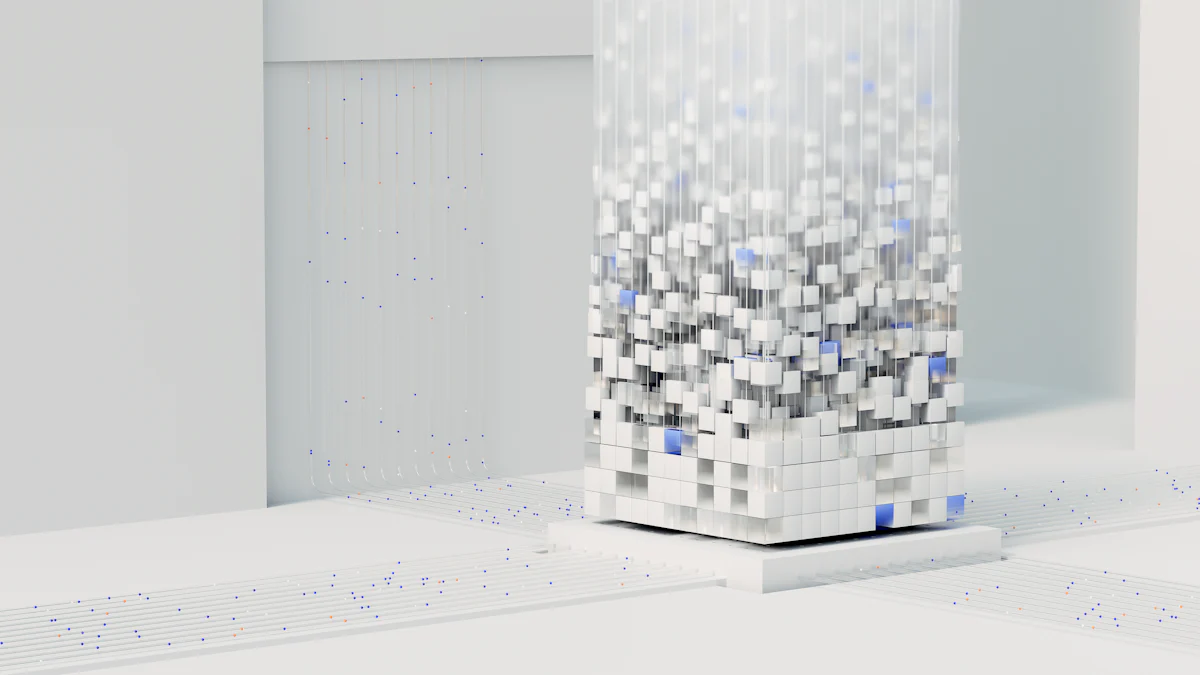
PyTorch static quantization (opens new window), a technique supported by PyTorch, enhances model efficiency by converting 32-bit floating numbers (opens new window) in model parameters to 8-bit integers. Efficiency in model deployment is crucial for seamless integration into production environments. This blog will delve into key topics such as installation, model preparation, quantization modes, and debugging to streamline the process of Compressor conduct model quantization and pytorch static quantization.
# Installation
To install Neural Compressor, users have three options available. They can opt to install a single component from binary or source, or choose to acquire the Intel-optimized framework along with the library by installing the Intel® oneAPI AI Analytics Toolkit (opens new window). The Intel Neural Compressor (opens new window) is an open-source Python library designed to run efficiently on both Intel CPUs and GPUs. This tool extends the capabilities of the PyTorch Lightning (opens new window) model by incorporating accuracy-driven automatic quantization tuning strategies. By leveraging this library, users can quickly identify the best-quantized model for their specific requirements on Intel hardware. Additionally, the Intel Neural Compressor supports various network compression technologies such as sparse, pruning, and knowledge distillation.
# Model Preparation
When preparing the model for post-training static quantization, it is essential to follow a structured approach to ensure optimal performance.
# Baseline Float Model
To begin with, defining the model architecture in its original floating-point format serves as the foundation for subsequent quantization processes. By clearly outlining the layers and connections within the model, users establish a baseline for comparison post-quantization.
Setting the model to evaluation mode is a critical step in ensuring consistent results during inference. This mode disables certain operations like dropout and batch normalization, which are typically active during training but unnecessary during evaluation.
# Model for Post Training
Calibration plays a pivotal role in post-training static quantization by fine-tuning the model's parameters (opens new window) to align with the reduced bit precision. This process involves adjusting weight scales and zero points to minimize information loss while transitioning to lower bit-widths.
Training static refers to the phase where the actual quantization of weights and activations takes place based on the calibration results. During this stage, the model undergoes transformation into an optimized form suitable for deployment on hardware platforms supporting integer computations efficiently.
Incorporating these steps into the model preparation phase sets a strong groundwork for achieving enhanced efficiency through post-training static quantization (opens new window) techniques.
# Quantization Modes
When considering quantization modes in PyTorch, eager mode quantization (opens new window) and graph mode quantization (opens new window) are essential techniques that play a significant role in enhancing model efficiency through reduced bit precision computation.
# eager mode quantization
In eager mode quantization, the process involves converting floating-point parameters into integers (opens new window) directly within the model. This approach allows for faster inference by eliminating the need for float<->int conversions between layers. The advantages of eager mode quantization include improved speed and reduced memory usage, resulting in a more efficient deployment of models.
# graph mode quantization
On the other hand, graph mode quantization focuses on optimizing the model at a higher level by leveraging graph-level transformations. By applying optimizations across the entire computational graph, this mode can achieve better performance enhancements compared to layer-wise approaches. The advantages of graph mode quantization include comprehensive optimization opportunities and potential for more significant speed improvements during inference.
# pytorch static quantization
PyTorch static quantization is a technique that involves converting both weights and activations of the model into lower bit-widths post-training. By fusing activations into preceding layers, this method optimizes the model for integer computations efficiently. The defined steps and usage guidelines for pytorch static quantization ensure a streamlined process towards achieving enhanced efficiency in model deployment.
# Debugging and Evaluation
# Debugging Quantized Model
When encountering issues with a Quantized Model, it is crucial to address common challenges effectively to ensure optimal performance. Identifying the root cause of discrepancies in quantized models can lead to significant improvements in deployment efficiency.
# Common issues:
Inconsistent model behavior post-quantization.
Accuracy degradation due to quantization errors.
Misalignment between quantized weights and activations.
# Solutions:
Conduct thorough validation tests on representative datasets to detect anomalies.
Fine-tune calibration parameters to minimize accuracy loss during quantization.
Implement precision-specific optimizations tailored for eager mode quantized models.
# Evaluation
Evaluating the impact of Post-quantization techniques on model accuracy is essential for gauging deployment readiness and performance metrics. By assessing the effectiveness of quantization strategies, users can make informed decisions regarding model optimization and deployment strategies.
# Accuracy-driven quantization
Prioritizing accuracy-driven quantization ensures that the model maintains high precision levels post-quantization, minimizing information loss without compromising performance metrics.
# Performance metrics
Measuring key performance indicators such as inference speed, memory utilization, and resource efficiency provides valuable insights into the effectiveness of Post-training static quantization techniques. By analyzing these metrics, users can fine-tune models for enhanced deployment efficiency while maintaining optimal performance levels.
Embracing PyTorch static quantization unlocks a realm of benefits, enhancing model efficiency and deployment readiness. The journey through installation, model preparation, quantization modes, and debugging has equipped users with the tools to optimize their models effectively. In summary, post-training static quantization stands as a beacon of efficiency, paving the way for future advancements in model deployment strategies. Looking ahead, continuous exploration and refinement of quantization techniques will further elevate performance metrics and streamline deployment processes for enhanced efficiency in the AI landscape.



